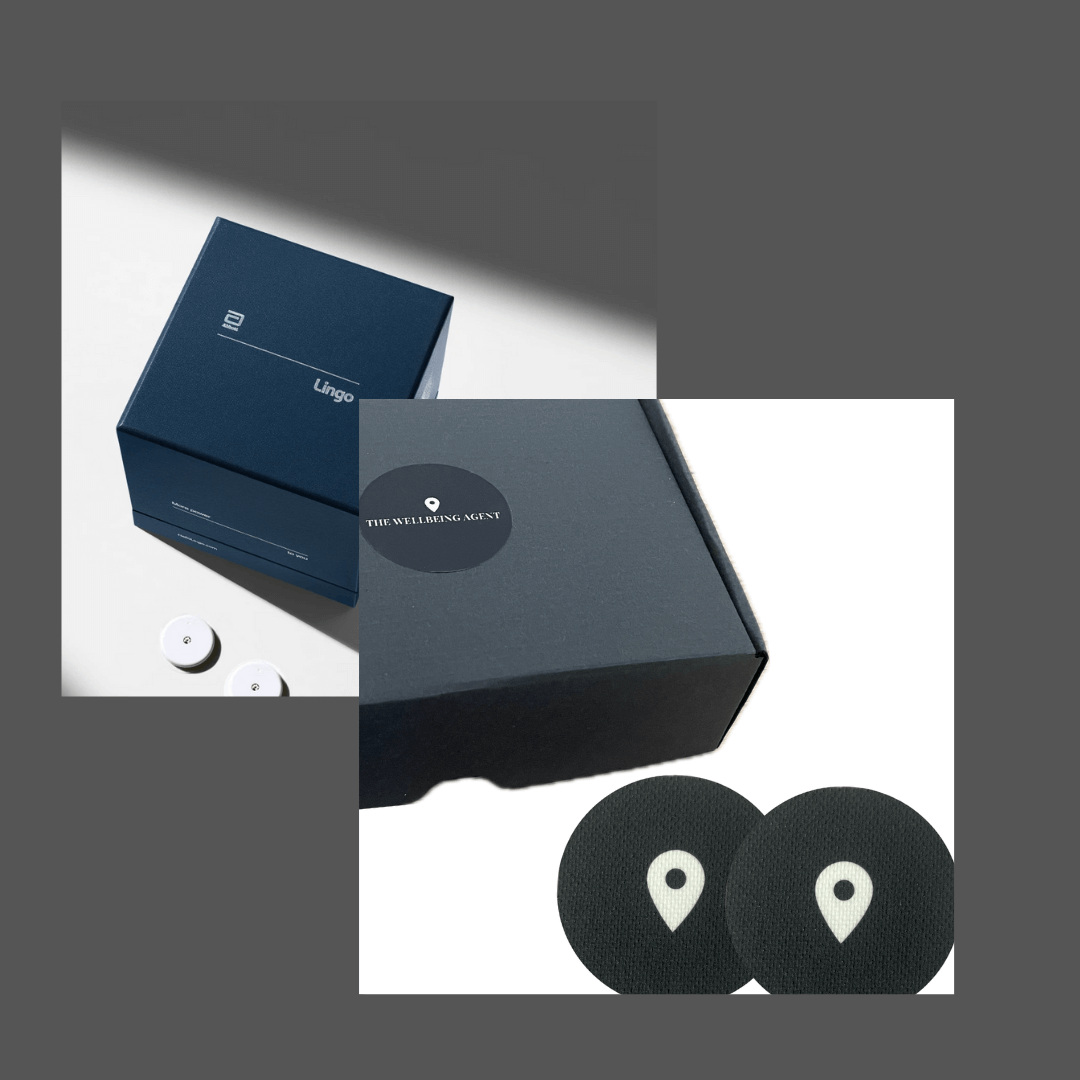
Unlocking Your Health Potential: Discover The Best CGM Program That Empowers Your Wellness Journey!
Continuous Glucose Monitoring (CGM) is changing how we approach wellness, making it more personalized and effective. Programs like The Wellbeing Agent and Lingo use CGM to help users understand and optimize their health, but their approaches differ. We’ll break down what each program offers, covering key features, pricing, and overall fit for your wellness goals, to help you decide which program may suit you best.
The Wellbeing Agent: A Comprehensive Wellness Approach
The Wellbeing Agent takes a holistic approach to health by combining CGM data with personalized coaching. It gives users real-time insights into how their body responds to food, sleep, and stress, empowering meaningful lifestyle changes. In addition to CGM, The Wellbeing Agent offers optional functional lab testing, providing insights into gut health, inflammation, and food sensitivities.
Unlike a DIY approach, The Wellbeing Agent offers mindset coaching to support emotional and mental well-being. This guidance, led by experienced coaches, helps users make lasting changes, addressing everything from stress to dietary choices.
Key Features of The Wellbeing Agent:
- CGM-Based Insights: Get real-time data on glucose levels and their connection to diet, sleep, and stress.
- Mindset Coaching: A support system focused on making lasting, positive lifestyle changes.
- Lab Testing Options: Available tests to explore areas like gut health and food sensitivities.
- Pricing: Starts at $299 for three months, including CGM and coaching.
Lingo: Focused and Straightforward Health Insights
Lingo takes a more direct, diet-centered approach to CGM. This program tracks how your food choices affect glucose levels, helping you make more informed decisions about what to eat. With a user-friendly app, Lingo lets users quickly see which foods are best for them and adjust their diet accordingly.
Unlike The Wellbeing Agent, Lingo does not offer additional lab testing or one-on-one coaching. However, it appeals to users looking for a simple way to make healthier dietary choices without added complexity or cost.
Key Features of Lingo:
- Dietary Focus: Uses CGM to track the effect of meals on blood glucose levels.
- Simple App: A streamlined interface designed for quick insights.
- Pricing: Typically lower than more comprehensive programs, making it a budget-friendly choice.
How They Compare: The Wellbeing Agent vs. Lingo
Data Insights: Real-Time Tracking vs. Diet-Focused Data
The Wellbeing Agent provides continuous CGM data across multiple lifestyle factors, creating a broader view of your health. With it, you gain insights on how not only food but also stress and sleep impact glucose levels. On the other hand, Lingo focuses solely on how food affects glucose, allowing users to adjust their diet based on blood sugar responses.
Best Fit: The Wellbeing Agent for a more complete health view; Lingo for diet-specific tracking.
Coaching vs. Independent Tracking
With The Wellbeing Agent, users have the benefit of personalized mindset coaching, which helps guide them through both the physical and mental aspects of their health journey. This hands-on guidance is ideal for anyone wanting accountability and support to stay consistent with their health goals. Meanwhile, Lingo takes a more hands-off approach, offering a DIY-style experience that is easy to manage independently.
Best Fit: The Wellbeing Agent if you value support from a coach; Lingo if you prefer self-guided tracking.
Additional Health Insights: Optional Lab Testing
The Wellbeing Agent includes optional lab testing to help users uncover details about gut health and inflammation. For individuals interested in deepening their knowledge of their body, this added layer of insight is invaluable. Lingo, however, currently doesn’t offer these additional tests but could expand its offerings in the future to include a broader array of health metrics.
Best Fit: The Wellbeing Agent if lab testing and additional health metrics matter to you; Lingo if you want a simpler, diet-focused tracker.
Pricing Comparison
For those on a budget, Lingo offers a lower-cost option. The Wellbeing Agent, at $299 for three months, includes CGM, coaching, and lab testing options, giving it a more comprehensive yet higher-priced offering. This price reflects its commitment to offering a full-spectrum approach to wellness.
Best Fit: Lingo for budget-conscious users focused on diet; The Wellbeing Agent for those seeking all-inclusive health insights.
Future Developments: What’s on the Horizon?
Both programs show potential for future developments. Lingo may incorporate more metrics over time, broadening its focus beyond food alone. The Wellbeing Agent, with its commitment to providing a well-rounded approach, could enhance features like mindset coaching and functional testing, catering to the growing demand for personalized wellness. Keep an eye out for updates, as both platforms continue to evolve to meet user needs.
Final Verdict: Which CGM Program is Best for You?
When choosing between The Wellbeing Agent and Lingo, consider your health priorities and preferred level of support:
-
The Wellbeing Agent is perfect for those wanting a comprehensive approach, complete with mindset coaching, continuous glucose monitoring, and optional lab testing for gut health. If you’re after a broad view of health that considers both mind and body, it’s a strong choice.
-
Lingo is ideal for users interested in a simple, budget-friendly program focused specifically on dietary insights. Its ease of use and straightforward approach make it great for individuals aiming to understand and improve their diet through CGM data.
In summary, The Wellbeing Agent provides a rich, all-encompassing program for those seeking full-spectrum health insights, while Lingo offers a focused, accessible way to improve dietary choices through CGM. Choose the one that best aligns with your health goals and start unlocking your full potential today!
Click here to view The Wellbeing Agent CGM programs!
